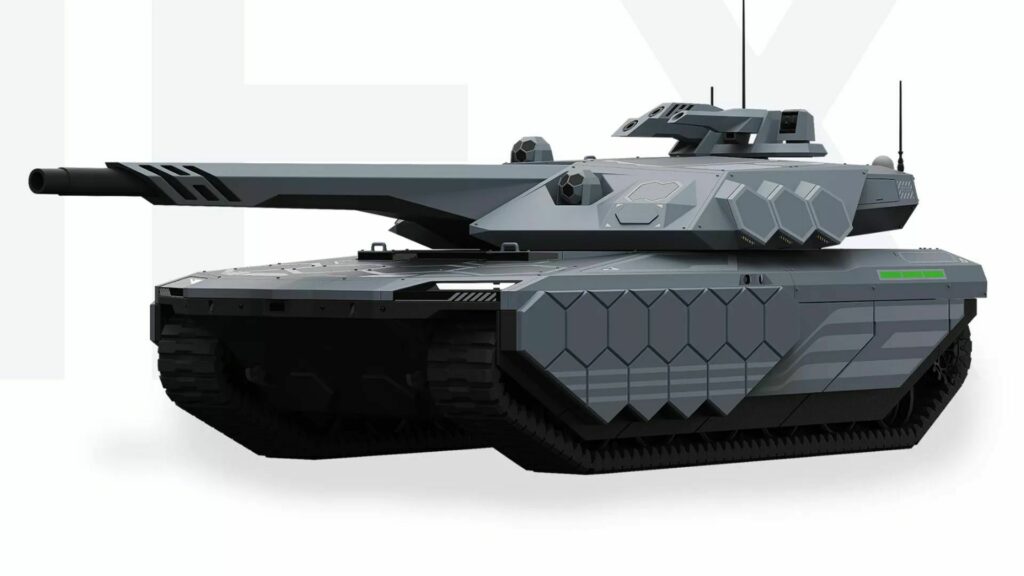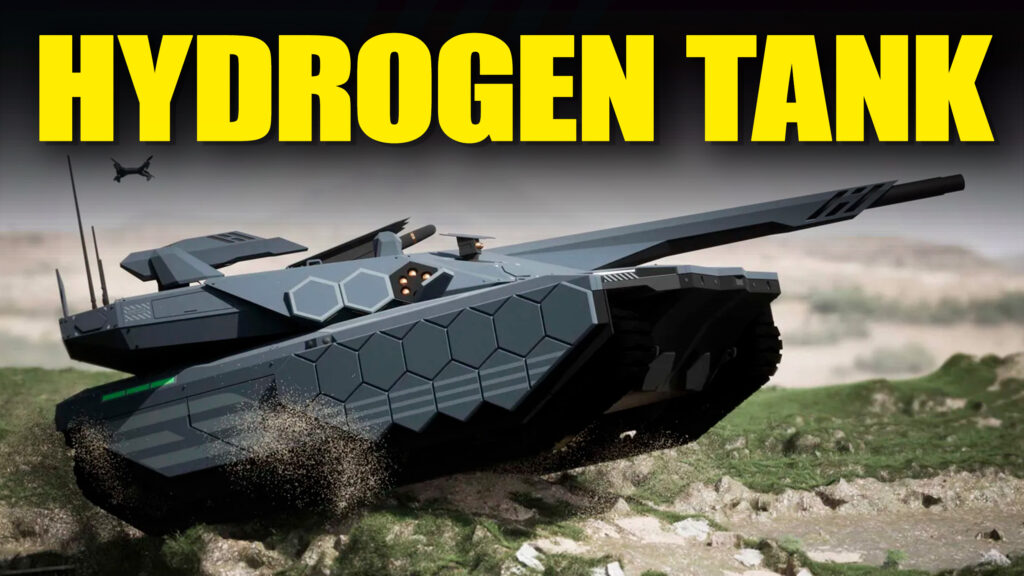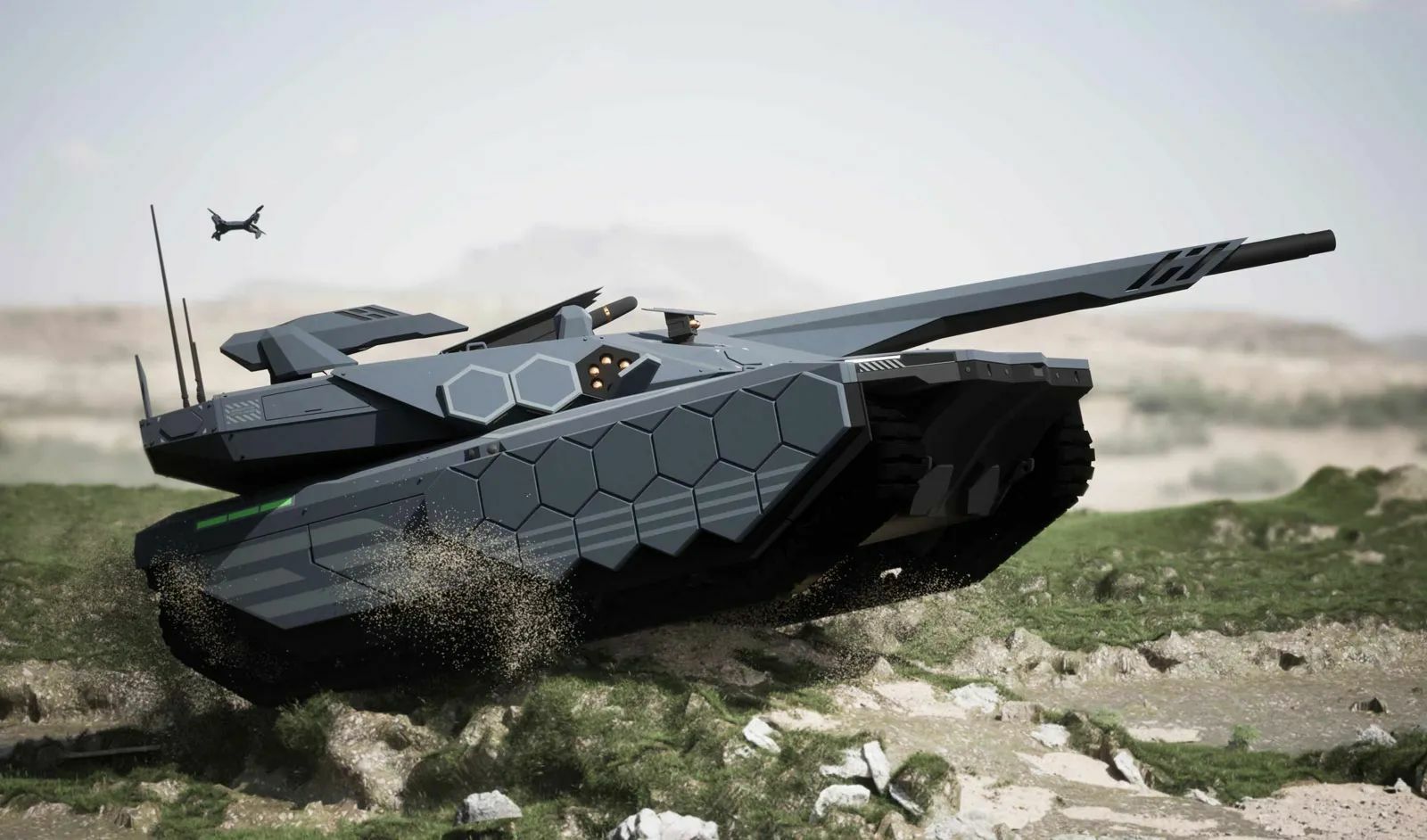- Development of the next-generation tank could be completed by 2030 before it’s deployed in 2040.
- A hydrogen powertrain would be far more suitable for the battlefield than an all-electric option.
- Equipped with autonomous functions and radar-absorbent paint, it’s designed for stealthy combat.
No, the futuristic-looking tank you’re looking at isn’t a prop from a Hollywood movie set, nor has it been lifted from a video game. Instead, this is Hyundai’s vision for a next-generation main battle tank, which will eventually use a complex hydrogen fuel cell powertrain. This could very well be the future of warfare.
This isn’t our first time seeing this intriguing tank. Officially dubbed the Main Battle Tank, but also known as the K3, a concept for it was first unveiled 12 months ago at the Seoul International Aerospace & Design Exhibition. It’s since been showcased by Hyundai Rotem – the carmaker’s heavy industry company – at several other events in Korea and Europe.
Read: GM’s New Tactical Truck Is What Happens When A Silverado ZR2 Goes Full Stealth-Mode
Visually, there’s no mistaking this tank from any other. The exterior is clad in honeycomb-shaped panels and it would look right at home in Halo. Slim LED headlights are visible and there’s an absolutely massive 130 mm smoothbore main gun. The body is made from modular steel, ceramic, and composite armor and is expected to hit the battlefield with autonomous driving functions.
Last year, it was suggested the K3 could be completely unmanned and controlled exclusively by a remote operator, but current reports suggest it can indeed support a crew of three. It can also deploy drones, which could be quite handy in reconnaissance missions. Hyundai Rotem says radar-absorbent paint has been used to help ensure the K3 avoids detection.

Korea’s military currently uses a tank known as the K2 Black Panther, fitted with a 1,500 hp 12-cylinder diesel engine. The K3 may initially be produced with a diesel engine too, although it will be complemented by a hydrogen fuel cell. Moving forward, the tank may switch solely to hydrogen power. This would just help the environment but would lower the tank’s thermal signature, making it more difficult for adversaries to spot.
As compelling as the K3 is, it’s still a long way off reaching reality. In fact, development isn’t expected to be completed until 2030 and it may not deployed by the Korean military until 2040.







